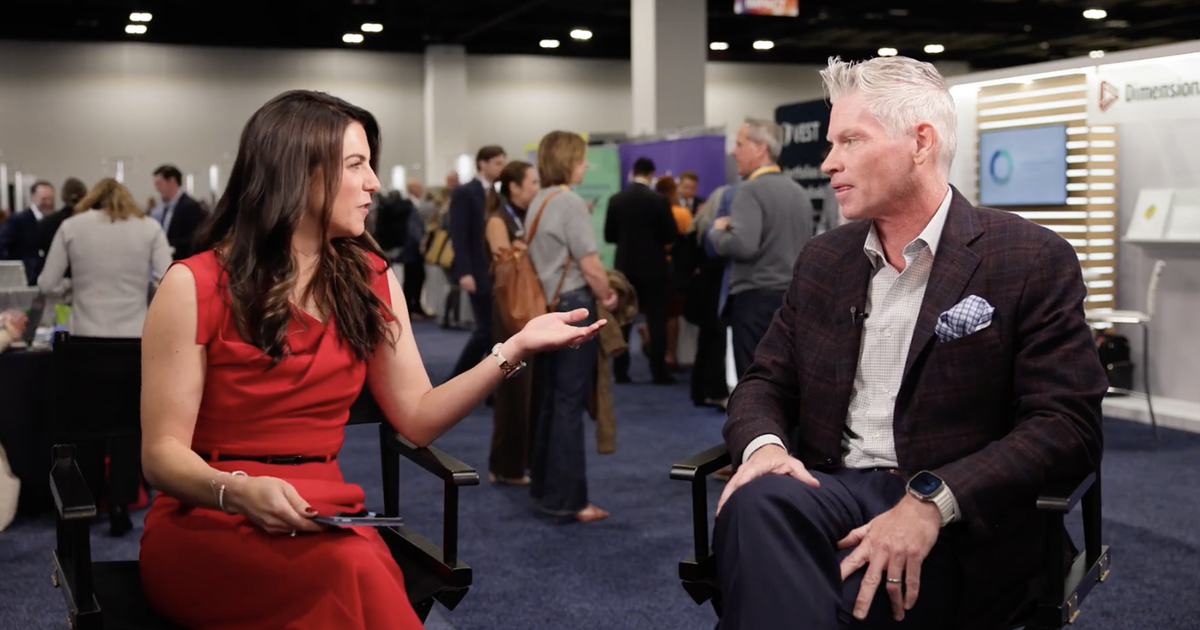Which One Is Best for You?


According to its website, Chime is a fintech company that provides “peace of mind” banking. With nearly 10 million members, we can assume customers are happy with Chime. If you’d like to learn more about Chime, here’s our full review.
However, many other fintech companies and online banks offer features similar to Chime, such as a checking, savings, and credit builder account.
Best for: Low fees
Founded in 2015, Varo was the first U.S. consumer fintech to receive a national bank charter from the OCC. This means it’s a real bank, not partnered with a bank for regulatory purposes.
Like Chime, Varo offers checking and savings accounts with no minimums or fees. Transactions at Allpoint ATMs—that’s over 40,000 ATMs—are also free. There is a $3.50 fee for out-of-network ATMs.
The savings account earns a competitive interest rate, and with balances over $5,000, you can earn an even higher rate. This makes the Varo savings account very attractive.
The Varo Believe account is a credit builder account available for those with a Varo checking account and at least $200 in monthly direct deposits. The card works like a pre-paid debit card. You load money onto the card, and this amount becomes your credit limit. Make purchases as normal, and the bill is automatically paid on the due date from the money that was pre-loaded onto the card. This payment is reported to all three credit bureaus.
Here’s our full Varo review for more information.
Best for: Credit builder account integration
Current is a fintech company that partners with Choice Financial Group and Cross River Bank for regulatory purposes and to offer FDIC Insurance.
Current offers a spending account and a savings account. The spending account acts like a checking account, but the debit card is actually a secured credit card. The balance in your spending account is your spending limit. As you use the card, the money is removed from your available balance. Then, when the bill is due, it is automatically paid from the reserved funds.
You may also be eligible for up to $500 in overdraft coverage. If you overspend your account, Current will cover the overage for free and will get reimbursed when your direct deposit hits the account. You must have at least $500 a month in direct deposit to qualify.
Here’s our full review of Current for more info.
Best for: Cash back on debit card purchases
Discover is best known for its credit cards, but it also has some attractive bank accounts. It offers a checking, savings, money market, and CDs.
The checking account has no fees or minimum balance, and it earns 1% cash back on the first $3,000 debit card purchases per month. See website for details.
The savings account also earns a competitive interest rate. Discover also has CDs and a money market account if you want other savings options.
To help you build credit, Discover offers secured and student credit cards, all of which earn cash back.
Member FDIC.
Here’s our full review of the Discover Online Savings Account for more info.
Best for: In-person banking
Capital One 360 offers attractive online checking and savings options for consumers. The 360 Free Checking account has no monthly or overdraft fees or minimums and earns a small amount of interest on all balances.
With a CapitalOne account, you can use over 70,000 fee-free ATMs. You can also visit a branch or a CapitalOne Cafe for in-person help or to grab a cup of coffee.
The 360 Performance Savings account earns a competitive interest rate, has no minimum balance or maintenance requirements, and has no monthly fees. If you want more savings options, it also offers money market accounts and CDs.
Capital One has several credit cards for credit building, including a secured card that earns cash-back rewards.
Here’s our full review of Capital One 360 for more info.
Best for: High interest rates
Dave is a fintech that offers a spending account with an interest rate comparable to that of a high-yield savings account. There are no minimum balance requirements, but there is a $1 monthly membership fee.
The savings account is called a “Goals account,” with the same interest rate as the spending account. So, while it’s nice to be able to move your money out of checking so you don’t accidentally spend it, it’s not necessary since they earn the same interest rate, which is nice.
Dave also has a free short-term loan feature that will advance up to $500 to cover overdrafts. You’ll agree to a pay off date when you take the advance.
Dave doesn’t have a credit-building account, but there is a side hustle feature that can help you bring in more money.
Related: MaxMyInterest Review
From the outside, a bank and a fintech company seem basically the same, but behind the scenes, they are quite different. I think of a fintech is a layer of customer service between you and a “real” bank. Banks need to be registered and are subject to a lot of regulation, which is not true for fintechs.
Fintechs partner with banks to provide banking services and insurance, while the fintech works on the tech portion of your banking experience. They typically have an app through which you access your account, and they often offer features that traditional banks don’t — like Chime’s SpotMe feature.
Because fintech banks don’t have the regulatory burden that banks do, they can be smaller and more nimble, allowing them to have fewer fees and more features than banks.
Fintechs also often have more niche user bases. Large banks, like Chase or Bank of America, aim to service everyone. However, a fintech may target a more specific group, such as only business owners or only those with poor credit. This more targeted audience allows them to offer very specific products that appeal only to those customers.
When you deposit money into a bank, it doesn’t just sit in the vault. The bank will invest it or loan it out to other customers to make money. If the bank goes out of business — say they make poor investments or have a lot of loans default — they will not have enough money to give everyone their deposits back.
That’s where FDIC Insurance steps in. The federal government will take over the bank and ensure that everyone gets their checking, or savings, or CDs, or other FDIC-insured accounts back.
Fintechs don’t have their own FDIC insurance. Instead, they partner with banks to provide this. Rather than holding your deposits themselves, they open an account at an FDIC-insured bank and put all the deposits there. Your money is actually sitting in the partnered bank in an account in the fintech’s name, along with all the other customers from that fintech. Here’s what the IRS says about it:
Pass-through refers to arrangements through which deposit accounts are established by a third party for the benefit of one or more other parties, also known as principals. The deposit account can be established for the benefit of a single owner or it can be a commingled account where deposits from multiple principals are deposited in the same account.
Commingled means mixed up with other people’s money. So they take everyone’s deposits and put them into one big account with FDIC insurance.
Is this a bad thing? Not necessarily. If either the fintech or the partner bank goes out of business, you have insurance on your funds. But it does make things more complicated, and it isn’t as straightforward of protection as it would be if you used a traditional bank.
A “credit builder account” could be any type of account that helps you build credit, but often it is a secured credit card that works a bit differently than a traditional secured card.
Credit builder accounts often link to a checking account and you use it as a debit card. As you spend money on the card, the funds are removed from your available balance in your checking account. Those purchase amounts are set aside, and then when the credit card bill is due, the funds are used to pay off the credit card. This shows on your credit report as an on-time payment.
Another way a credit builder account can be set up is more like a pre-paid debit card. Instead of linking it to your checking account directly, you can load the card with money, which becomes your credit limit. As you spend, the transaction amounts are removed from your available balance, and when the bill is due, the money you loaded onto the card is used to pay the balance in full.
How is this different from a traditional secured card?
With a secured card, you will send a security deposit. Typically, the amount you send in is your credit limit. Those funds are set aside but are not used to make the card’s payment. When the credit card bill is due, you must send in a payment, just like a regular credit card.
The experience of a secured card is just like a regular credit card, except you have to send in a security deposit to qualify for the card. The deposit will be returned to you when your credit is sufficient to qualify for an unsecured card or when you close the account.
Chime offers several products, including a spending account, a savings account, and a credit builder loan. Many features are free, and your Chime savings account will earn you a competitive interest rate.
While all of our Chime alternatives offer some of the same features, no other app can offer the same exact features at the same price. Chime is worthy of consideration if you want to build credit and open a spending or high-interest savings account with no monthly fees.
If you don’t need or want all of those features, you might want to consider one of the alternatives to Chime listed here.
Chime is a financial technology company, not a bank. Banking services provided by The Bancorp Bank, N.A. or Stride Bank, N.A., Members FDIC. The Chime Visa® Debit Card is issued by The Bancorp Bank or Stride Bank pursuant to a license from Visa U.S.A. Inc. and may be used everywhere Visa debit cards are accepted. Please see back of your Card for its issuing bank.

Students and parents are juggling rising college costs, legal uncertainty, and new signals from the federal government — all at...

As advisory firms race to scale, the most successful ones are doing more than just growing, they are growing sustainably. ...

Many people first hear about the stock market through movies like “The Wolf of Wall Street,” “The Big Short,” or...